Isle of Dogs: An interview with cinematographer Tristan Oliver
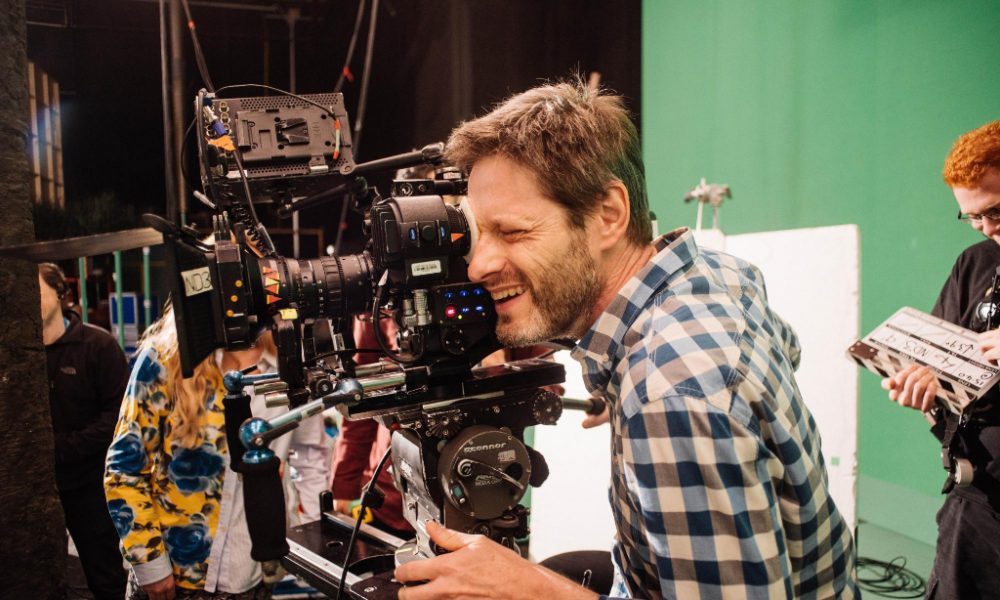
You never know where Wes Anderson is going to take you. He’s hopped from a school to a fox burrow to a scout troop to an eccentric hotel, and never loses his crazy personal touch. His environments are always constructed with great attention and detail, so much so that each shot could be the subject of an essay.
In Anderson’s latest film Isle of Dogs, he takes us to Trash Island in Japan – near the fictional city of Megasaki – where dogs are exiled because of the widespread Snout Fever. A boy hijacks a small plane to travel to the island, in the hope of finding his dog Spots.
We had a brief chat with cinematographer Tristan Oliver, who worked previously with Anderson on Fantastic Mr Fox, about the production of the movie. We discussed the efforts required to create a stop-motion animation film, the Japanese influence on the visuals, and working with Anderson’s personal style.
How long did it take to shoot and animate the entire film?
Typically, these stop-frame movies take about 18 months to shoot, and that’s from the first camera turning over to the last camera turning over. In that period, we would ramp up from three to four sets up to 40-50. We’ve got 40-50 of these sets all running at the same time, 40-50 cameras, maybe 35-40 animators working across that, and a crew of up to 200.
Prior to that process, there are at least six months to a year of pre-production – during which, what all this stuff is going to look like is sorted out. So puppet-design, set-design, camera-testing, testing the sets against the cameras: is the finish right? is the colour right? do the costumes on the puppet look right? The whole thing, from start to finish, probably takes about three years.
As DOP, is it hard to keep control of all of those cameras running at once?
It is and it isn’t. I hit my personal capacity, in terms of hands-on lighting, at about 15 units. We’re normally about four to six months in before I throw my hands up and go: “I need someone else”. And then I got a couple of other guys who I bring in, and they light as well. But they light entirely to my brief, so I see everything they’re doing during the testing phase and I’m making adjustments – just saying, “Look guys, this isn’t fitting in with how the film should look”. The film needs to look coherent, it needs to look as if one person lit it and as if one person animated it. There’s that constraint of keeping it as if there’s one hand across the whole thing. I have a top-down view, and it’s extremely busy.
With Wes Anderson in particular, was it hard to keep to his particular style?
It’s not difficult, it’s just something you have to do. He’s the guy who’s making the movie, and we are there to facilitate absolutely everything he wants. It’s not a question of it being difficult or easy, it’s a question of making it so.
Obviously, there’s a massive Japanese influence running through the film – particularly in the culture and the movies. Were there any particular movies that you drew on for Isle of Dogs?
Certainly not a particular movie. There were a huge number of Japanese movies that we watched. I think [Wes] sent me 20 or 30 to look at, and what we ended up with was a distillation of those. But, also, it was heavily informed by Japanese calligraphy and Japanese woodcuts. The Hokusai Views of Mount Fuji, for instance – most famously the tsunami [The Great Wave off Kanagawa], which everyone knows. It was a barf in Japanese-ness.
We had three Japanese women who were permanently on-staff, [and their] primary role was to design all the graphics. They were acting as the Japan police, and made sure the stuff we were doing was correct. Are you holding the chopsticks in the right way? Is this how you would do this? They kept a handle on keeping it right.
One of my favourite aspects of the movie is the movement of the dogs. Did you have to study a lot of real dogs when making the film?
A lot of dogs were studied, but at the same time there’s a “Wes-ness” to how they move. He’s very keen on them having very stiff front legs, for instance, and they have to move very symmetrically. So that kind of fluid loping you get with a real dog is fused with a “Weslian”, cranky aesthetic.
Euan Franklin
Isle of Dogs is released nationwide on 30th March 2018. Read our review here.
Watch the trailer for Isle of Dogs here:

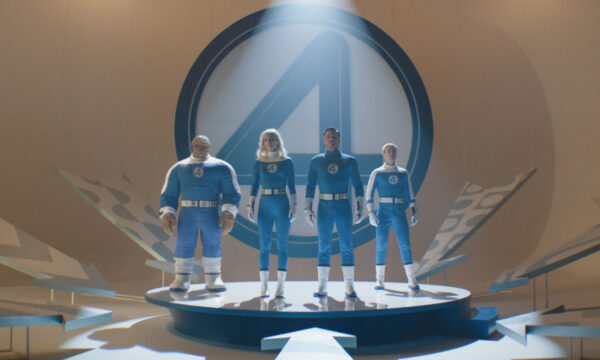
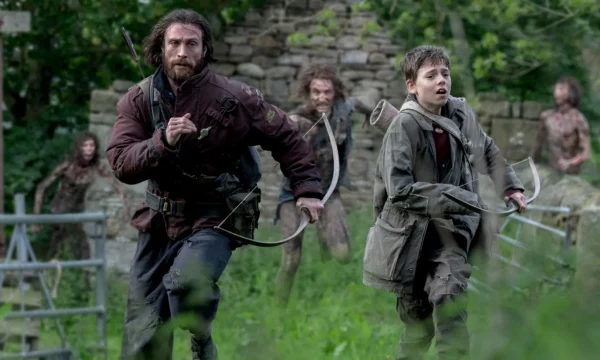
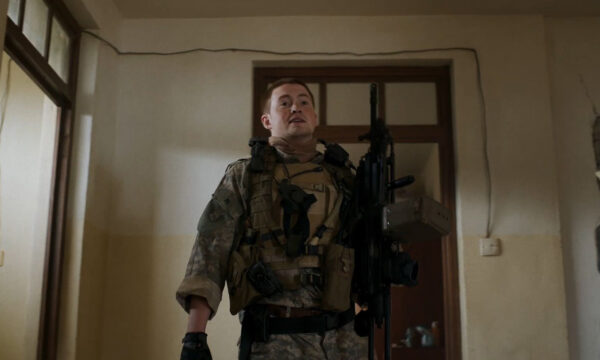


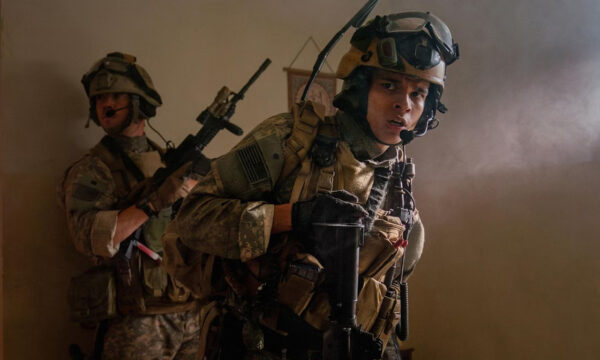

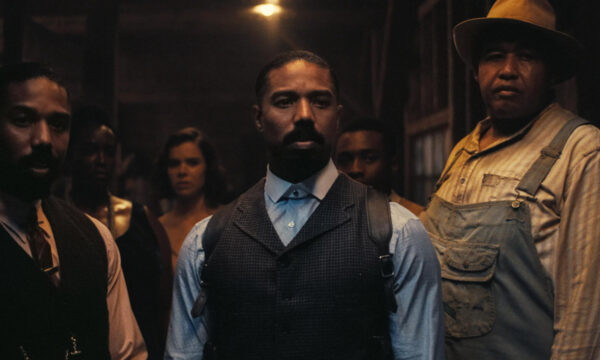















Facebook
Twitter
Instagram
YouTube
RSS